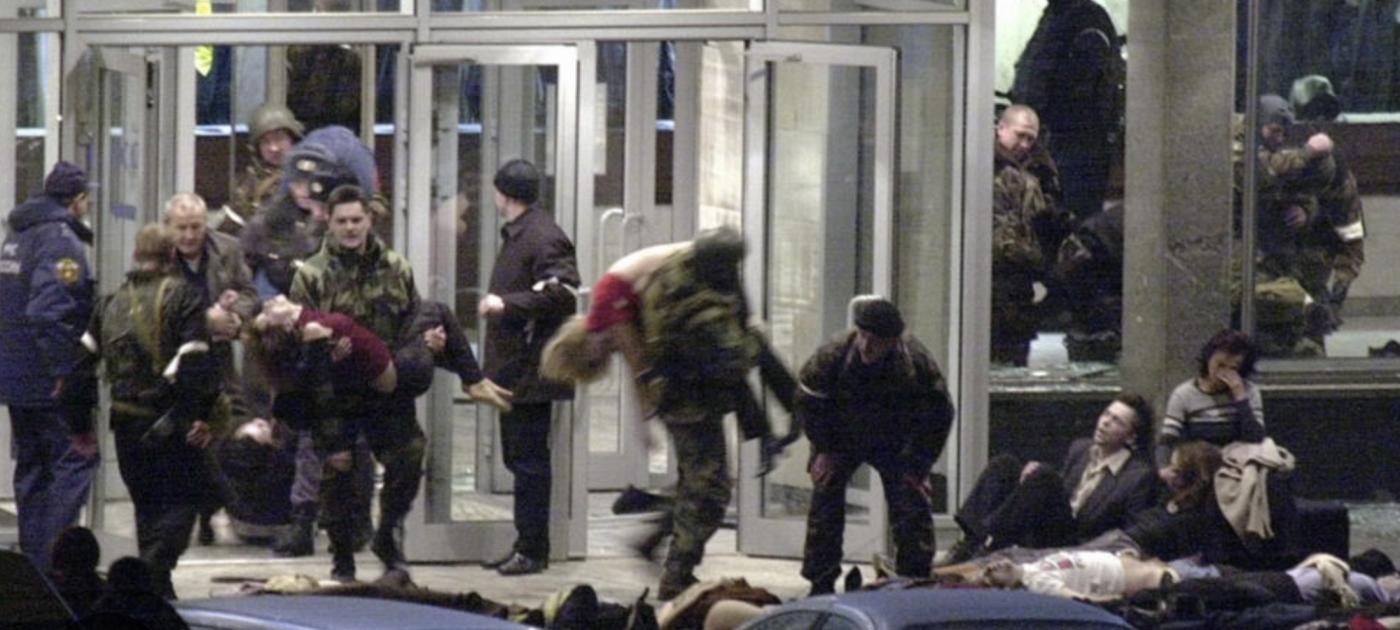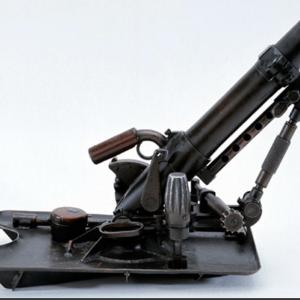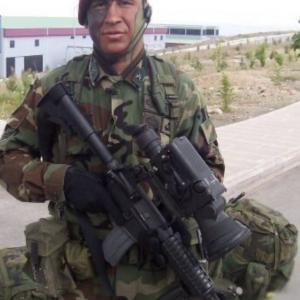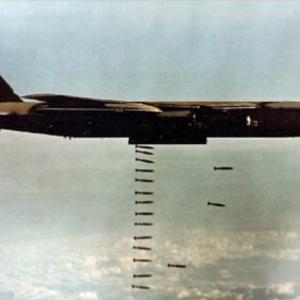
Moscow Hostage Crisis
On the evening of October 23, 2002, a group of heavily armed Chechen militants stormed the Dubrovka Theatre in Moscow during a live performance of the popular musical Nord-Ost. The attackers, numbering around 40 to 50 individuals, took approximately 850 people hostage. They demanded the immediate withdrawal of Russian forces from Chechnya and an end to the Second Chechen War. The crisis would become one of the most dramatic and deadly hostage situations in modern Russian history.
The Russian government quickly surrounded the theatre complex and began negotiations. Over the next two and a half days, some hostages were released—mostly women, children, and foreigners—but the vast majority remained inside under threat. The terrorists had planted explosives throughout the theatre and many were wearing suicide vests. The situation became more desperate by the hour.
At around 5 a.m. on October 26, after about 58 hours of captivity, Russian special forces initiated a rescue operation. The assault involved elite units from the FSB’s Alpha and Vympel (Vega) groups. Before storming the building, authorities pumped a chemical agent into the theatre’s ventilation system to incapacitate both the terrorists and the hostages. The gas, which was not officially identified at the time, was later believed to be an aerosolized fentanyl derivative—a powerful opioid anesthetic.
Once the gas had taken effect, special forces teams entered the theatre from multiple directions. Using stun grenades and suppressive fire, they swiftly neutralized all of the hostage-takers. The entire operation lasted only a few minutes, and all 40 to 50 militants were killed. The leader, 23-year-old Movsar Barayev, was among those shot dead during the raid.
While the tactical operation achieved its primary objective—eliminating the threat—it came at a tragic cost. Of the approximately 850 hostages, around 130 died, the vast majority from the effects of the gas. Many hostages were left lying unconscious and unattended for extended periods. Emergency responders had not been adequately informed about the type of chemical used, making effective treatment difficult. In several cases, improper positioning of unconscious individuals led to suffocation. Reports also indicated a lack of sufficient medical personnel and equipment on the scene.
Though no Russian special forces members were killed in the operation, several were reportedly injured. The Russian government defended the use of the chemical agent as a necessary step to prevent mass execution or detonation of explosives inside the theatre. However, the secrecy around the gas and the handling of the aftermath sparked international criticism and legal challenges.
In the years following the siege, multiple lawsuits were filed by victims’ families, and in 2011 the European Court of Human Rights ruled that Russia had violated the right to life under Article 2 of the European Convention on Human Rights due to the lack of adequate planning and medical response.










